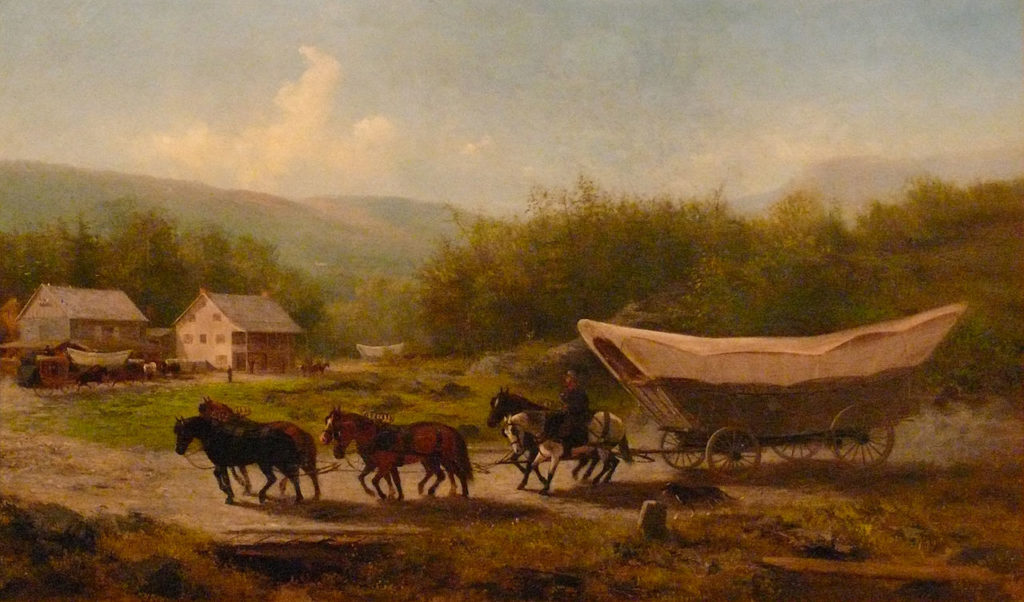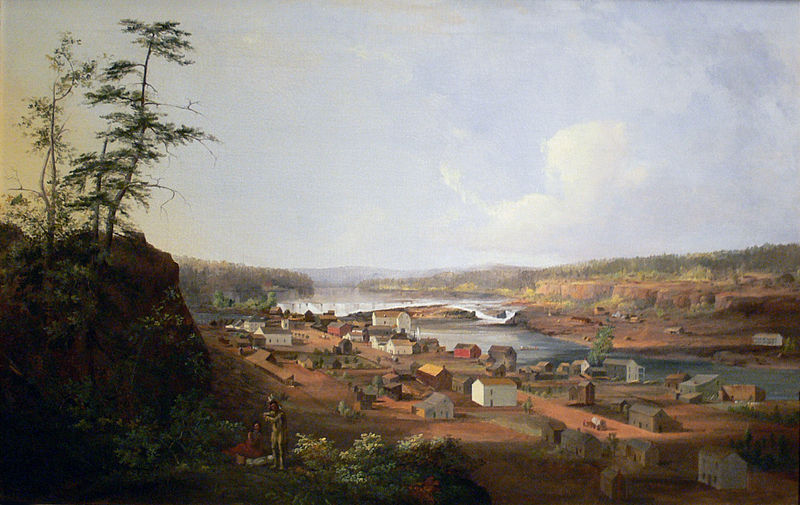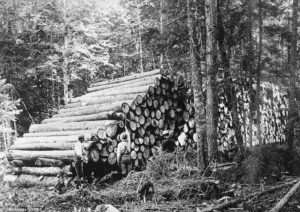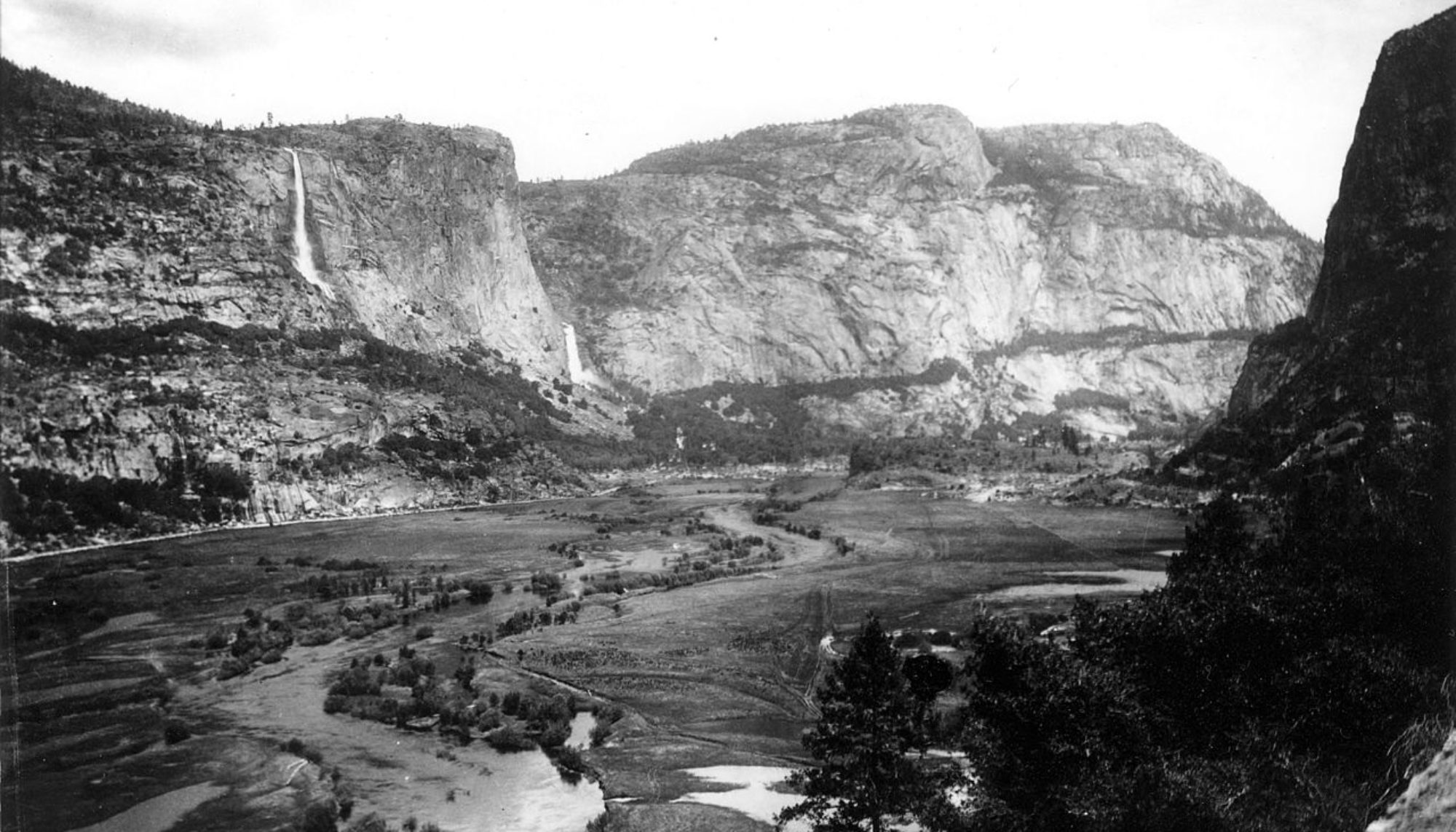
Congress established the Timber and Stone Culture Act of 1878 on June 3rd. The law was part of a large-scale effort to help populate the West. The TSCA promoted the sale of land in the four states or territories of California, Oregon, Nevada, and in Washington. Goals of the TSCA were to help the Western population growth and to meet the demands of independent lumbermen. The independent lumbering community lobbied Congress to create the TSCA in response to a previous law, the Desert Land Act, to which had the same goals. This law was not designed to support the large-scale lumber industries, which are separate from the independent lumbermen community. Under the provisions of the TSCA, both settlers and independent lumbering groups could benefit from the purchasing of affordable U.S. Government own land. The land covered under the TSCA was “unfit for farming,” but deemed fit for foresting and mining. The quality of the land allowed the government to sell said land for $2.50 per acre. Though the price of the land was very low, the government put a purchasing limit of 160-acre blocks of land to any one person, family, or small company. Furthermore, only one person in said groups could have ownership of TSCA land. Stipulations in the TSCA were specifically designed to ensure that all forest land stayed out of the hands of large lumbering companies, guaranteeing that settlers could only purchase it.

The language of the Timber and Stone Culture Act is quite complicated. (Click This LINK to Read The Full Text of This Law).
In the TSCA, stipulations, and regulations regulated who could buy forest land. In the language of the law, only people that were of U.S. citizenship or were in the process to become naturalized could buy the land. Furthermore, all of whom that purchased land had to swear under oath and sign contracts. These requirements had the purchaser state that the land was for his own benefit, not to be resold, or have the resources extracted from it sold off to any company. Purchasers gave all oaths and signed all contracts in the territories local land registration office. After which, purchasers received a land ownership deed. Another option purchasers had, was to fulfill these requirements at the General Land Office. The oath of settlement or own benefit stipulation in the TSCA was purposely added to prevent any larger company from hiring people to buy land and then transferring the deed to said company. In the TSCA, any individual found guilty of reselling the land or resources found on it would have all profits confiscated. With ownership of the land revoked, and initial payment forfeited. Even with this clause, companies still found ways to get around the strict rules of the TSCA.

Unfortunately, the Timber and Stone Culture Act was a failure at stopping companies from acquiring large sums of land. In the same year of the signing of the TSCA, the United States Supreme Court ruled that the government could not enforce restrictions on citizens rights to sell purchased land. With the ruling by the Supreme Court, large lumber companies began to acquire lands rights from settlers. In some cases, sailors were paid to buy land and transfer ownership right after purchasing it. An estimate places the total amount of sold TSCA forest land at over 13 million acres.
FOR FURTHER CONTEXT OF THIS, CLICK HERE.
